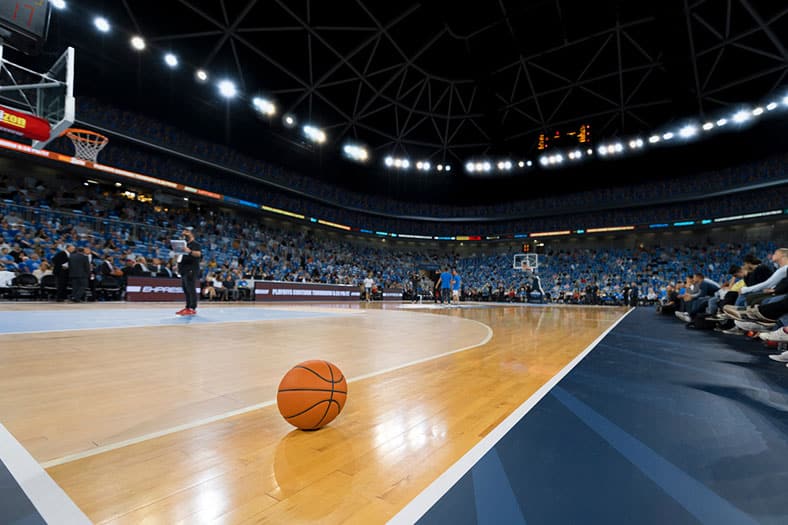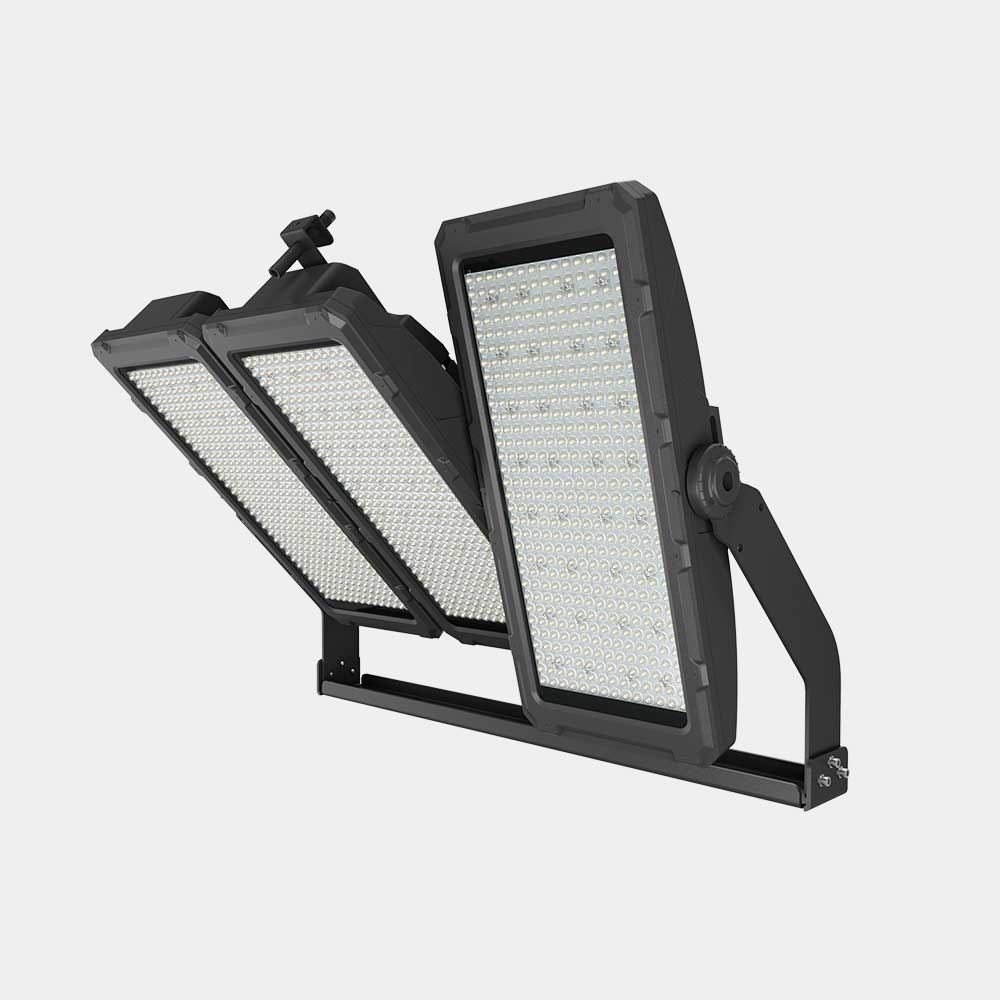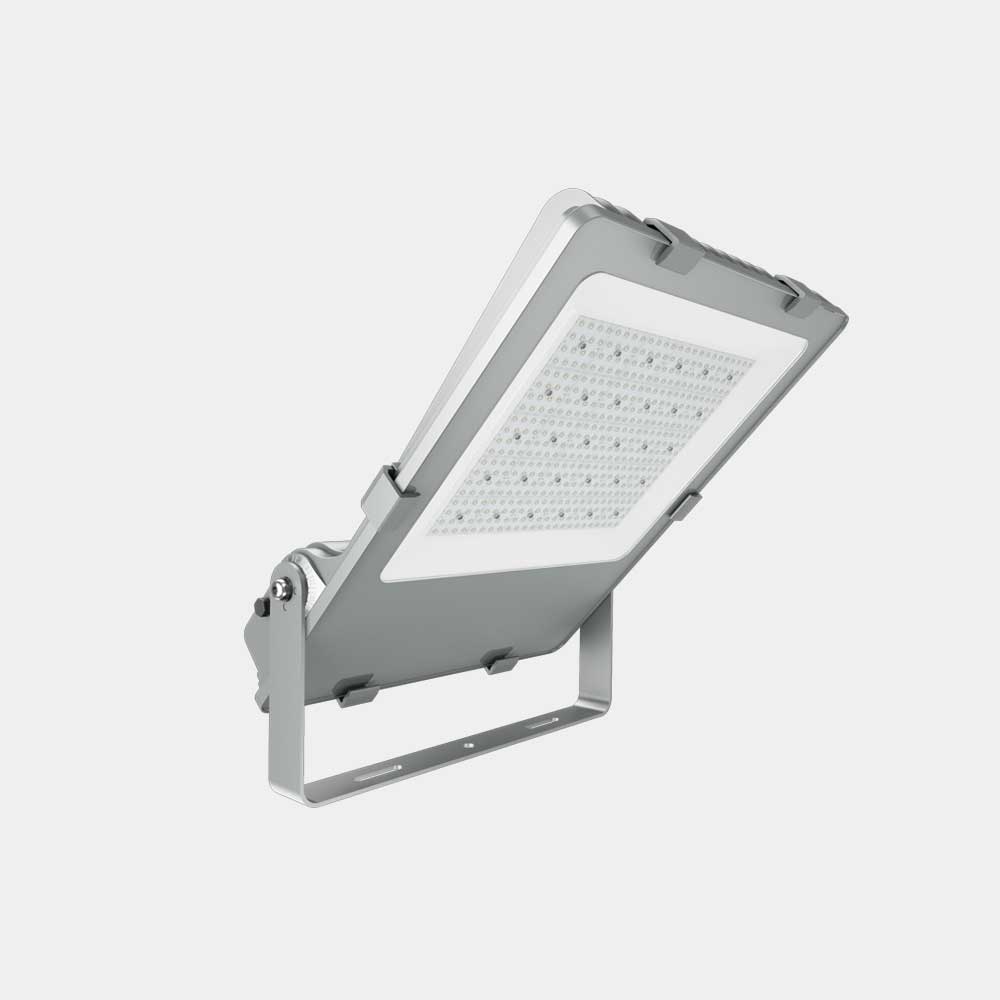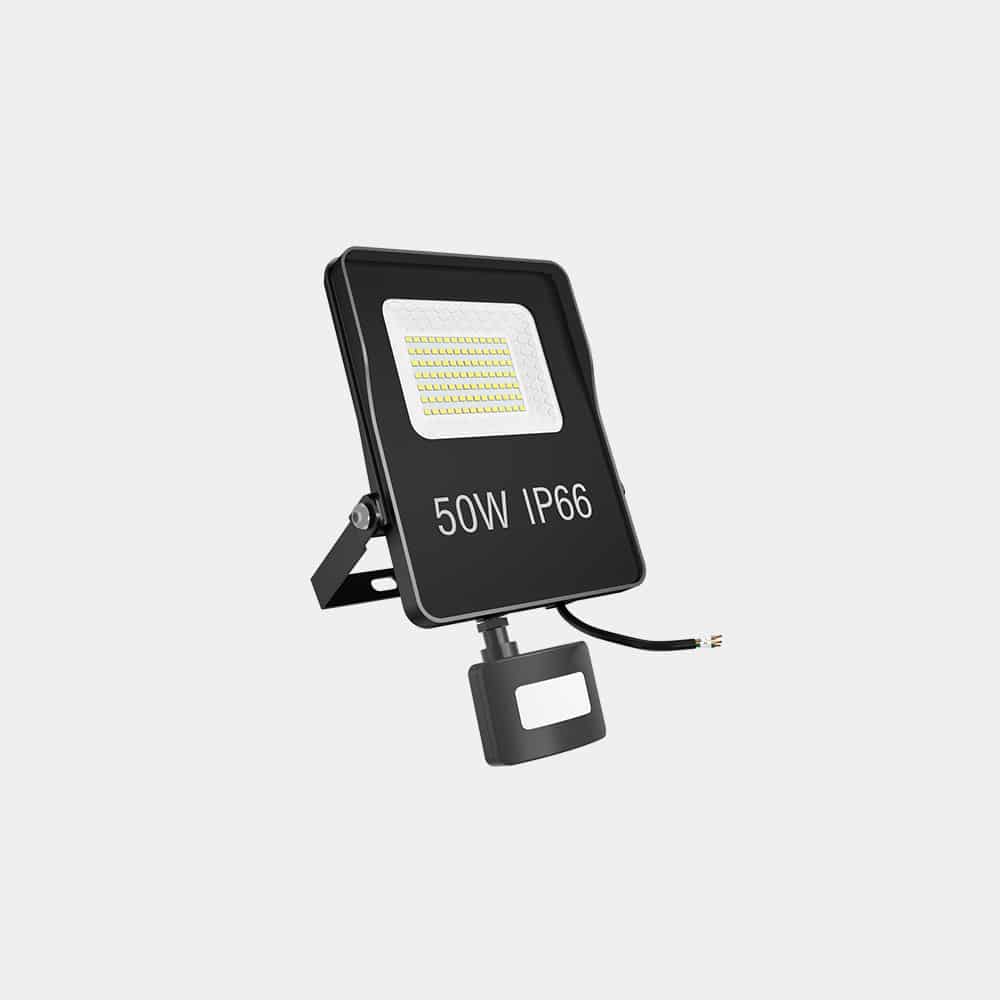indoor sports lighting
Indoor Sports Lighting – multipurpose sports hall
When it comes to indoor sports arenas, the right lighting plays a crucial role in creating a comfortable and optimal environment for athletes and spectators alike. Indoor court lighting is an important consideration for various sports venues such as basketball, tennis, volleyball, handball and swimming pools. These venues typically require bright and even lighting to ensure visual comfort and safety during games. Different stadiums and different competition levels have corresponding lighting requirements. We will not explain each sports fields one by one, but will use a general multipurpose sports hall to explain. Of course, if you have an indoor basketball court, tennis court, or volleyball court that needs lighting design, you can contact us individually to customize a solution for you.

Lighting Standard Of Multipurpose sports hall
| Multipurpose sports hall | ||||||
| Indoor | Reference area | Number of grid points | ||||
| Length-m | Width-m | Length | Width | |||
| Multipurpose sports hall | PA | 40 | 20 | 13 | 7 | |
| TA | 44 | 24 | 15 | 9 | ||
| Lighting class | Horizontal illuminance | RGb | Ra | |||
| Ehor Ave-lx | U2 hor | |||||
| I | 750 | 0.7 | 35 | 80 | ||
| II | 500 | 0.7 | 40 | 60 | ||
| III | 200 | 0.5 | 40 | 60 | ||
| a. No luminaires should be positioned in that part of the ceiling, which is above a 4 m diameter circle around the basket. | ||||||
| b. RG only applies for mounting heights above 10 m. | ||||||
| According to Standard of EN 12193: 2018 | ||||||
What we shall care about for multipurpose sports hall lighting
Lighting brightness
Illumination determines whether lighting can meet the needs of sports and competitions. If the illumination is too low and the lighting needs are not met, sports and competitions will not be carried out effectively, and in serious cases, athletes will be injured. If the illumination is too high, although the lighting needs are met, it will inevitably cause a waste of energy. Therefore, it is very important to choose the illumination reasonably. We can make a reasonable choice based on the requirements in EN12193 and the actual situation of the stadium.
Illumination uniformity
Illumination uniformity is very important in many lighting applications. Because it directly affects our visual comfort, work efficiency and sports safety. If the lighting is uneven, some areas will be too bright and some areas will be too dark, which may cause eye fatigue, headaches or visual discomfort, affecting our work, study and sports. In indoor stadium lighting, we must also pay attention to lighting uniformity to avoid unnecessary trouble. We can make reasonable lighting planning by referring to the requirements for lighting uniformity in EN12193 in the previous section.
Light fixture selection and arrangement
The choice of lamps is related to whether the illumination, uniformity and glare of indoor sports lighting can meet the requirements. Through reasonable fixture wattage, lenses and fixture arrangement, we can optimize lighting solutions to make these lighting requirements comply with relevant standards.
Lamp installation location
The mounting location of luminaires needs to be considered in the initial stages of lighting design. We should carefully ask the owner to get the exact location where the light fixture can be installed. In this way we can better ensure the consistency of lighting effects in lighting design and lighting installation. In the next section we will introduce the various installation positions of lamps in multipurpose sports hall lighting applications.
Lighting layout of multipurpose sports hall
Indoor sports lighting fixtures are often installed using top suspension, bracket/beam installation and side wall installation. Below we will explain one by one.
Top Suspension: In this case, the lighting fixture is suspended from the top of the ceiling. Most indoor stadium lighting fixtures are like this. The light-emitting surface of the fixtures installed in this way is vertically downward.
Brackets or beams: In this case, the lighting fixtures are mounted on the stadium ceiling or on custom-made brackets/beams. Usually these brackets or beams are usually located at the edge of the court, and the lamps shine in all directions of the court, and most of them shine towards the center of the court.
Side walls: In some other cases, lighting fixtures may also be installed on the side walls of the indoor court to provide side lighting. This can help reduce shadows and ensure the entire site is properly lit.
ZGSM multipurpose sports hall lighting solution
After understanding the lighting requirements, installation methods and precautions in multi-functional sports lighting, ZGSM believes that lighting simulation is very necessary. We can recommend corresponding lighting solutions based on the stadium drawings provided by customers, including lamp selection, wattage, lenses and lamp distribution. Taking a standard multi-functional indoor stadium as an example, we use two rows of brackets (lamps are installed on these two rows of brackets) for lighting planning. The following is the corresponding solution. If your multi-purpose court size, bracket location and height, and lighting requirements differ, please contact ZGSM for a customized solution.
Multipurpose sports hall with class I competition: we suggest 16pcs 320W and 4pcs 400W Zoom flood lights on 2 lines/brackets. And we got result Uh1=0.61, Uh2=0.71 and Eh ave=754 lux which all meet the requirement.
Multipurpose sports hall with class II competition: we suggest 14pcs 400W Zoom flood lights on 2 lines/brackets. And we got result Uh1=0.63, Uh2=0.71 and Eh ave=595 lux which all meet the requirement.
Multipurpose sports hall with class III competition: we suggest 6pcs 400W Zoom flood lights on 2 lines/brackets. And we got result Uh1=0.53, Uh2=0.71 and Eh ave=210 lux which all meet the requirement.



